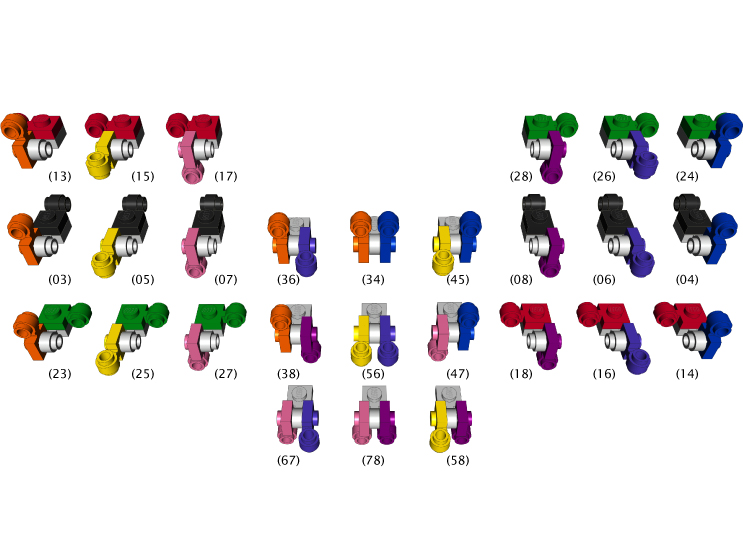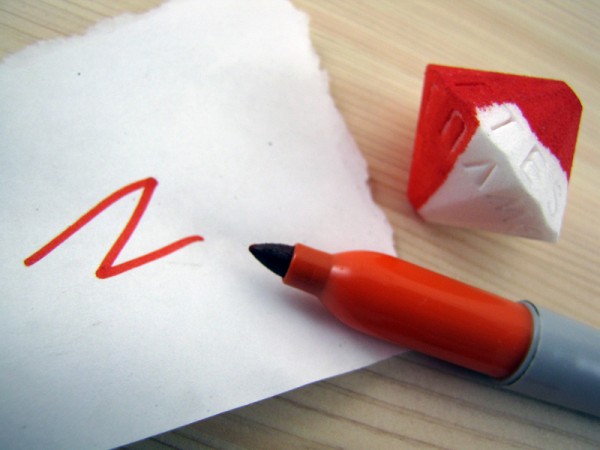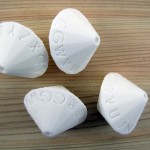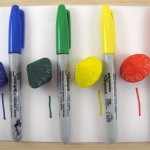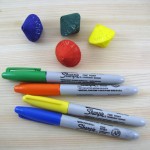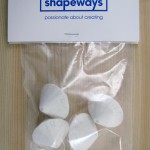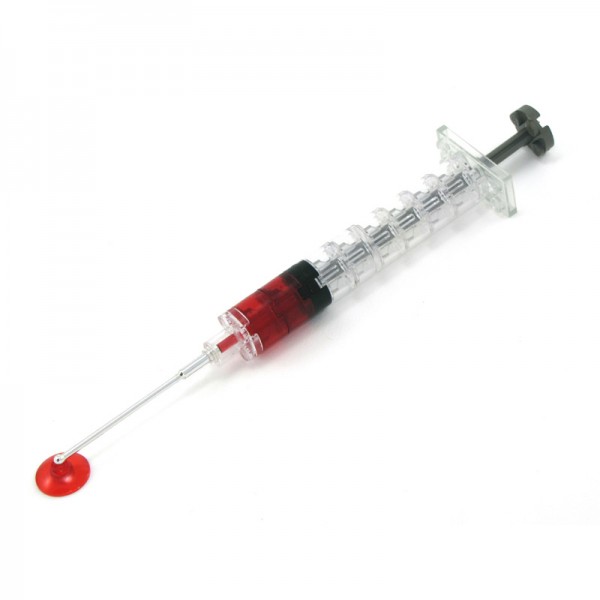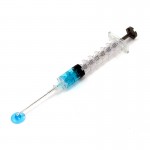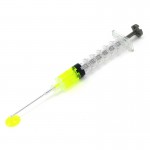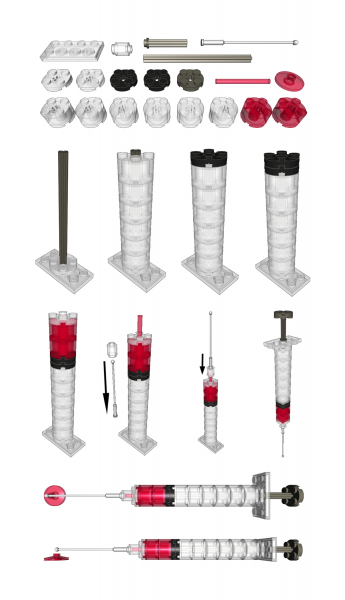X X X X X X X X X X X X X X X X X X X X X X X X X X X X X X X X X X X X X X X X X X X X X X X X X X X X X X X X X X X X X X X X X X X X X X X X X X X X X X X X X X X X X X X X X X X X X X X X asparagus X X X X X X X X X X X X X X X X X X X X X X X X X X X X X X X X X X X X X X X X X X X X X X X X X X X X X X X X X X X X X X X X X X X X X X X X X X X X X X X X X X X X X X X X X X X X X X X X X X X X X X X X X X X X X X X X X X X X X X X X X X X X X X X X X X X X X X X X X X X X X X X X X X X X X X X X X X X X X X X X X X X X X X X X X X X X X X X X X X X X X X X X X X X X X X X X X X X X X X X X X X X X
Monthly Archives: December 2010
Lego clip light polymers – Bi-valent elements
In point of fact, the possibility of “polyvalent” monomers is not going to be a practical consideration, yet, in terms of developing code. My first programming goal is to produce a recursive function that, given a base-9 number coding a clip-light polymer per my established notation for monovalent elements, will produce the corresponding LDraw file. Once that’s working, I will begin to embellish it with the capacity to handle bi- and tri-valent elements. But I wanted to go ahead enumerate the various polyvalent monomers and establish notation for them while I was thinking about it. Note that a parent monomer can bear no more than three children; we might say that a clip light with three children is “fully saturated.” Shown here are the “partially saturated” bi-valent monomers. There are twenty-seven of these. Note, also, the convention of ordering the digits indicating child monomers numerically: “32” is improper notation, while “23” is correct. I will follow the same convention in denoting the trivalent monomers, which will be enumerated in a subsequent post.
Coloring Shapeways models with Sharpie
The cheapest and, reportedly, strongest material in which Shapeways models are available is called “White, strong and flexible.” I herein report that this material is easily colored with Sharpie-brand permanent markers. The ink does bleed a bit through the material, so experiment in an inconspicuous area or with a test model before attempting detailed work. Shapeways offers through-tinted colorized versions of their basic white material at increased cost; my experience with these is that the color fades rapidly, even without extremes of light or temperature. I was pleased, then, to discover that I could just order the cheap white stuff and use a Sharpie on it. Sharpies are available in a much wider range of colors, too. Here the technique is demonstrated on the most recent version of my Alphabet Die model; the bottoms of the letters are left white to enhance visibility.
And now, a word from our forefathers…
Lego syringe
The most difficult part of this design was actually getting the colors right. The rarest part is not, in fact, the chrome silver antenna, but the 8-long dark gray Technic axle. Generally, even-length Technic axles are black and odd-length axles are dark gray. The dark gray 8-long axle was included, so far as I can tell, in only one kit. And dark gray is the only color in which all the plunger parts are available. And this is the only plunger design I’ve come up with that satisfies me.
Here’s the parts list:
- 2 Plate 2 x 2 Round (#4032), Black
- 1 Plate 2 x 2 Round (#4032), Dark-Gray
- 1 Technic Axle 3 with Stud (#6587), Dark-Gray
- 1 Technic Axle 8 (#3707), Dark-Gray
- 1 Antenna 6H Chrome (#104), Silver
- 1 Bar 4L Light Sabre Blade (#30374), Trans-Red
- 2 Brick 2 x 2 Round (#3941), Trans-Red
- 1 Dish 2 x 2 Inverted (#4740), Trans-Red
- 1 Brick 1 x 1 Round with Hollow Stud (#3062B), Trans-White
- 6 Brick 2 x 2 Round (#3941), Trans-White
- 2 Plate 2 x 2 Round (#4032), Trans-White
- 1 Plate 2 x 4 (#3020), Trans-White
Anyway, if you don’t have the parts and want to build one, kits with Trans-Red elements for the “blood” version are available in my Etsy store. The model is fairly self-explanatory, but I have produced a simple set of instructions (PDF), which are visible below.

